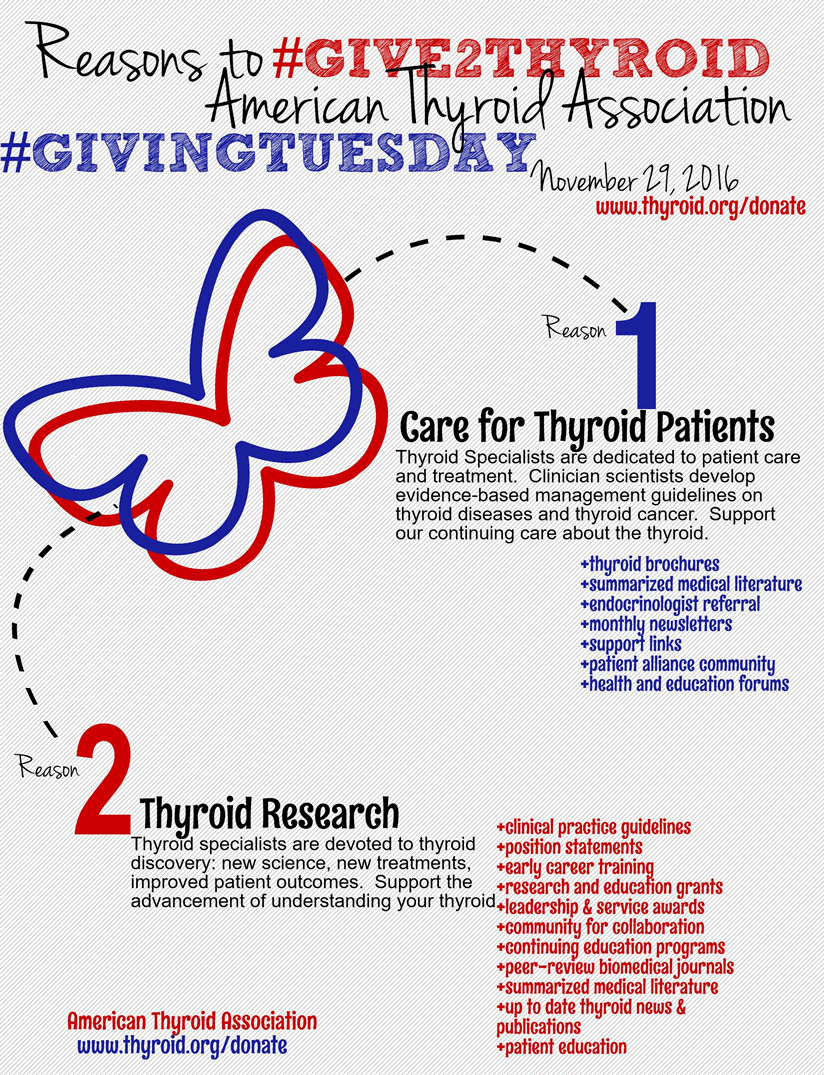Abstract
Mycobacterium W (Mw) vaccine has been found to be effective in the treatment of leprosy and warts. Despite increasing use of Mw immunotherapy, data on its safety is limited. We report a series of eight patients who developed persisting injection site granulomatous reaction following Mw immunotherapy and were successfully treated with minocycline. Eight patients with persistent nodular swelling at the site of Mw injections were identified. Seven of them had received Mw immunotherapy for cutaneous warts and one for verrucous epidermal nevus. The lesions were firm, erythematous, succulent, non-tender nodules confined to the sites of Mw vaccine injections. In 6 of these patients nodules also involved the previously injected areas. Skin biopsy from all patients showed eosinophil rich inflammation admixed with histiocytes and lymphocytes. In addition granulomas were seen in all with septal and nodular panniculitis in four patients. Broken and granular acid-fast bacilli were identified in two cases. All patients were treated with oral minocycline 100 mg/day for a mean of 9 weeks and showed good clinical response. Granulomatous reaction is a rare but significant adverse effect of Mw immunotherapy at cosmetically and functionally imperative sites. Oral minocycline appears to be effective therapy in this situation.
http://ift.tt/2fqI429

